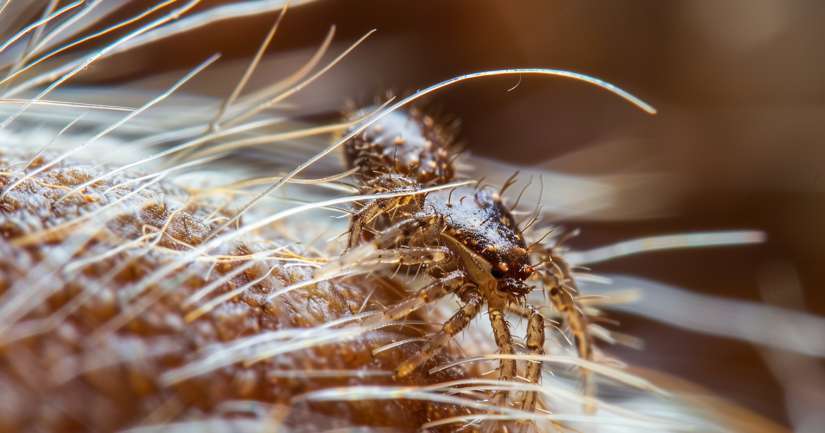
Are you tired of the constant itching and flakiness on your scalp? It’s time to get to the root of the problem. Our “Lice or Dandruff Quiz” is here to help. By taking just a few minutes, you can uncover the true cause of your discomfort. This quiz will guide you through key symptoms and signs, enabling you to identify whether you’re dealing with lice or dandruff. Knowing the difference is crucial for effective treatment.
Why guess when you can know for sure? With clear and concise questions, this quiz makes it easy to pinpoint the issue. You’ll learn about common indicators, such as the appearance of flakes, the type of itching, and other telltale signs. Understand how each condition manifests itself on your scalp. Armed with this knowledge, you can take the right steps to treat and prevent future outbreaks. Say goodbye to uncertainty and hello to a healthier scalp. Ready to find out what’s causing your scalp issues? Take the quiz now and gain the insights you need. When you’re done exploring this topic you can bounce over to What Should I Wear Today Quiz for a funny twist. You’ll pondering as you compare your results and maybe see how funny life can be. Then saunter over to What Color Should I Paint My Nails Quiz to see how your answers stack up.
Lice Or Dandruff – FAQ
Lice are parasitic insects that infest the human scalp and feed on blood, causing itching and discomfort. Dandruff, on the other hand, is a common scalp condition where the skin cells shed more rapidly than usual, leading to white flakes. While lice require treatment to eliminate the infestation, dandruff can often be managed with specialized shampoos and proper hair care.
Symptoms of a lice infestation include intense itching, a crawling sensation on the scalp, and visible nits (lice eggs) attached to hair shafts close to the scalp. Lice can also cause small red bumps or sores from scratching. If these symptoms are present, it’s crucial to perform a thorough inspection using a fine-toothed comb.
Effective lice treatments include over-the-counter lotions and shampoos containing insecticides like permethrin or pyrethrin. Prescription medications may be necessary for persistent cases. Additionally, manual removal using a nit comb can help. Ensuring all household members are checked and treated if necessary is important to prevent re-infestation.
Preventive measures for lice infestations include avoiding head-to-head contact, not sharing personal items like combs, hats, or headphones, and regularly checking for signs of lice, especially in children. Keeping hair tied back can also reduce the risk of lice transmission. Regular laundering of bedding and clothing in hot water is advisable during an outbreak.
